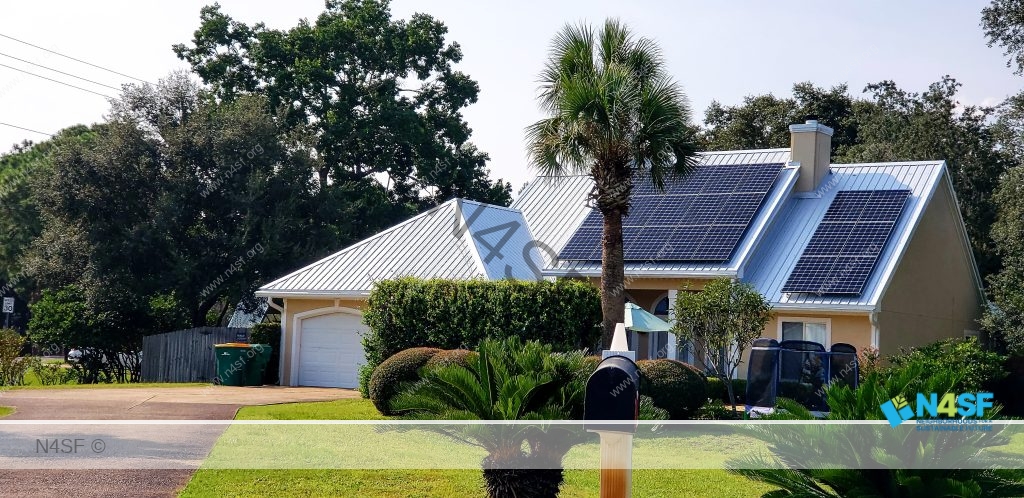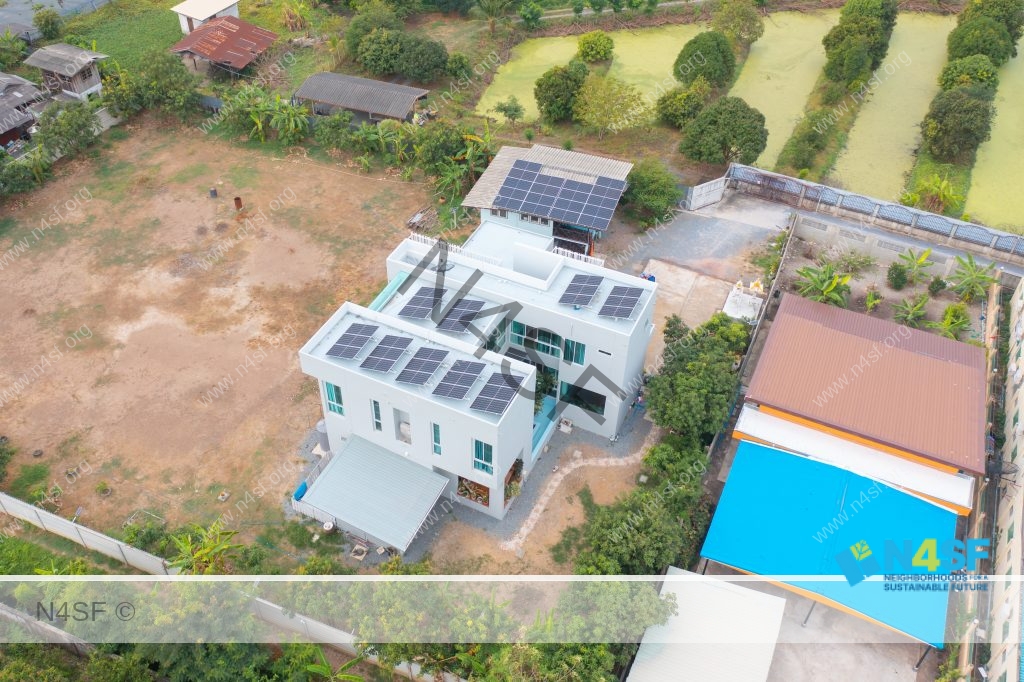As the world becomes more environmentally conscious, the concept of sustainable neighborhoods has gained popularity.
A sustainable neighborhood is one that is designed and developed to minimize its environmental impact while promoting a high quality of life for its residents.
Sustainable neighborhoods are characterized by features such as energy-efficient buildings, green spaces, and sustainable transportation options.
In this blog post, we will explore some examples of sustainable neighborhoods and explain the benefits of having sustainable neighborhoods in cities in the United States of America.
Advantages of Sustainable Neighborhoods in US Cities
Sustainable neighborhoods offer many benefits to cities in the United States.
They help reduce carbon emissions, promote sustainable transportation, and improve the quality of life for residents.
Sustainable neighborhoods also attract investment and promote economic development, as they are often seen as desirable places to live and work.
Additionally, sustainable neighborhoods promote social equity by providing access to affordable housing and transportation options.
Examples of Sustainable Neighborhoods
- The Pearl District, Portland, Oregon, is a well-known example of a sustainable neighborhood. The area was once an industrial wasteland, but it has been transformed into a vibrant and sustainable community. The Pearl District has been developed with a focus on energy efficiency, green spaces, and sustainable transportation. The neighborhood features LEED-certified buildings, bike lanes, and public transportation options.
- Mission Bay, San Francisco, California, is another example of a sustainable neighborhood. The area was developed with a focus on sustainability and features LEED-certified buildings, green spaces, and sustainable transportation options. The neighborhood also features a desalination plant, which provides a sustainable source of water for residents.
- Mueller, Austin, Texas Mueller, a neighborhood in Austin, Texas, is a master-planned community that has been developed with a focus on sustainability. The neighborhood features energy-efficient buildings, green spaces, and sustainable transportation options. Mueller also features a farmers market and community gardens, promoting sustainable agriculture and healthy eating.
Importance of Sustainable Neighborhoods
Sustainable neighborhoods are important for many reasons.
They promote environmental sustainability, which is crucial for the long-term health of the planet.
Sustainable neighborhoods also promote social equity by providing access to affordable housing and transportation options.
Additionally, sustainable neighborhoods attract investment and promote economic development, which can help revitalize cities and create jobs.
In conclusion, sustainable neighborhoods are an important part of creating sustainable cities in the United States.
They offer many benefits, including reduced carbon emissions, improved quality of life, and social equity.
As more cities recognize the importance of sustainability, we can expect to see more sustainable neighborhoods being developed.
By working together to create sustainable communities, we can help build a more sustainable future for ourselves and future generations.
References:
- Sustainable Neighborhoods – U.S. Department of Energy. (n.d.). Retrieved from https://www.energy.gov/eere/buildings/sustainable-neighborhoods
- The Pearl District: A Sustainable Urban Neighborhood. (2020, May 7). Retrieved from https://inhabitat.com/the-pearl-district-a-sustainable-urban-neighborhood/
- Mission Bay. (n.d.). Retrieved from https://www.missionbayparks.com/
- Mueller Austin. (n.d.). Retrieved from https://muelleraustin.com/



